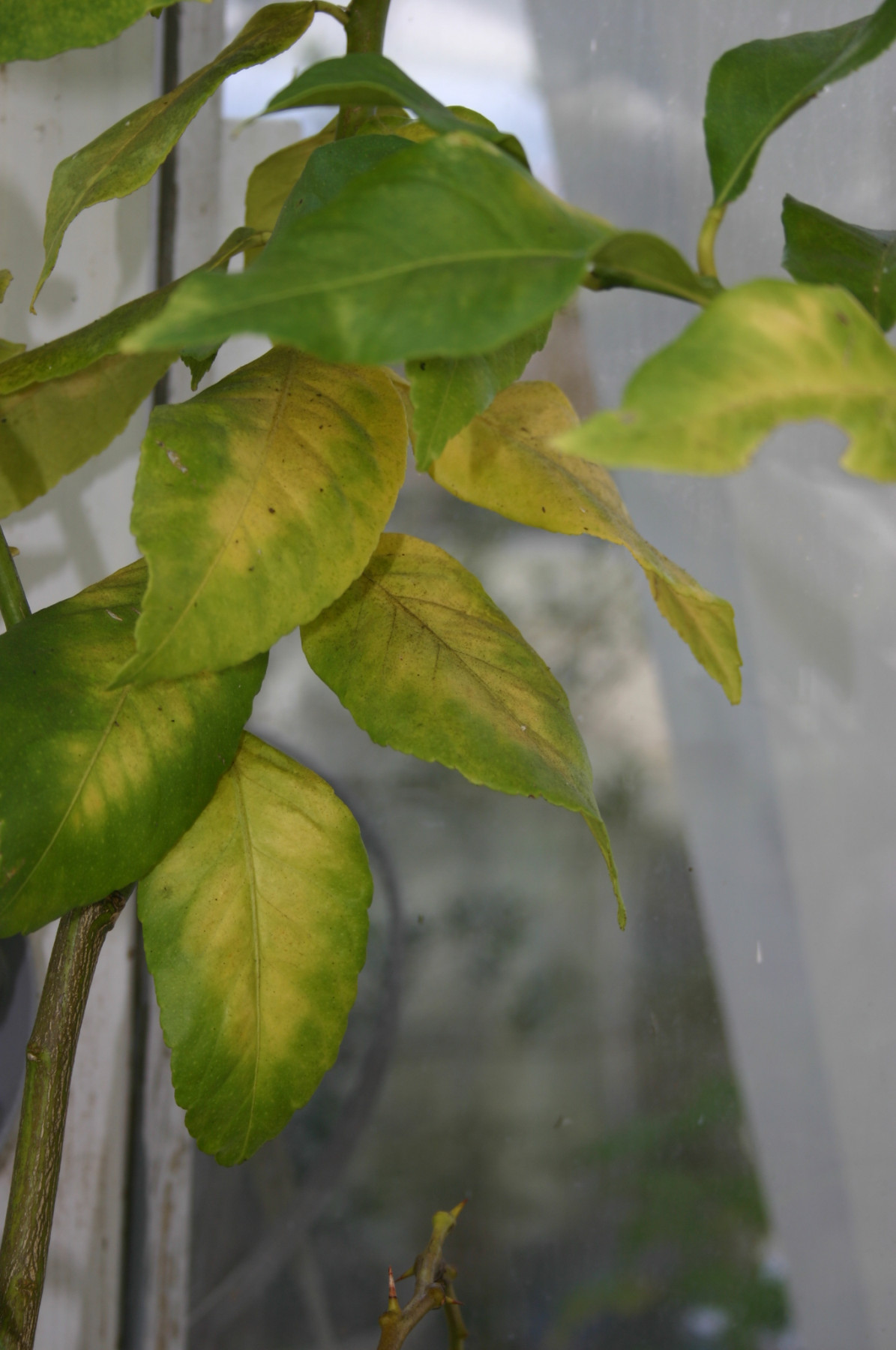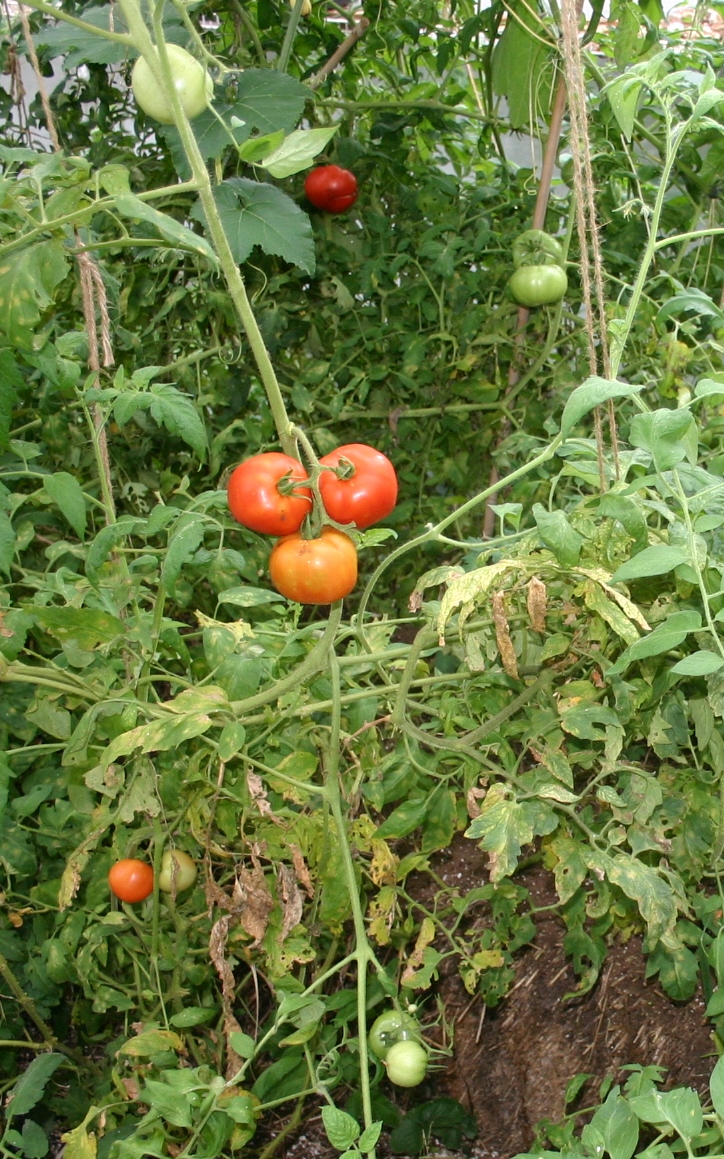
You fill a watering can with dissolved fertilizer and start feeding your greenhouse plants. But do you know exactly what’s in the solution you’re using? Most greenhouse owners know that plants require nitrogen (N), phosphorus (P), and potassium (K). These are the primary macronutrients, the word “macro” referring to nutrients needed in relatively large amounts. In addition, however, plants also need what are known as the secondary macronutrients. These, too, are required in fairly large amounts, but in lesser amounts than N, P, and K. The secondary macronutrients are sulfur (S), calcium (Ca), and magnesium (Mg). Knowing what each of these does for plants can help you become a better gardener.
Sulfur is required in the formation of chlorophyll, the green pigment used in photosynthesis. If plants are deficient in sulfur, their leaves turn yellow or pale green, and plant growth is slow and spindly. Pale leaf color is also a sign of nitrogen deficiency, but when sulfur is the deficient element, the symptoms appear first in the youngest leaves, not the older ones. This is because sulfur isn’t mobile within the plant, as nitrogen is, so new leaves can’t draw on older ones to help meet their sulfur needs. Adding an external source of sulfate rectifies this problem. Sulfur also has an important role in the production of many plant proteins. For instance, all the compounds that give onions and garlic their pungent odor contain sulfur. Sulfur is a soil acidifier as well. Adding it reduces pH.

Calcium, another secondary macronutrient, plays a key role in plant cell walls, giving them structural support. As a result, a calcium deficiency can produce the cell-wall condition called blossom-end rot in vegetable plants, such as tomatoes and peppers. The cell wall collapses in the early-developing fruit, causing their blossom ends to acquire dark, sunken pits that eventually become dry and leathery. This condition can be related to poor watering practices (first lots of water followed by too little water). In this stressful, uneven watering situation, it can be hard for the plants to take up all the calcium they need, even though the soil itself is not lacking in calcium. Of course, there are also times when calcium does need to be added to soil. But remember that doing so raises the soil’s pH, so be careful when dealing with acid-loving plants.

Magnesium is a central atom in the chlorophyll molecule, so it too is involved in photosynthesis and keeping plants green. When a plant has a shortage of magnesium, its older leaves show signs of the deficiency first. This is because the magnesium that exists within the plant is mobile and tends to be drawn from older to younger tissues. This leaves older leaves depleted in magnesium and therefore with degraded chlorophyll. The result is yellowing between the leaf’s green veins, giving the foliage a two-tone appearance. While other factors can also cause this condition in leaves, too little magnesium is a common culprit.
So when fertilizing your greenhouse plants, don’t neglect their need for the secondary macronutrients. Check the label on the fertilizer for more than just its N, P, and K content. With chemical fertilizers, sulfur will almost always be present because other nutrients are often delivered via sulfates. However, calcium and magnesium may be absent in a chemical fertilizer mix. Using a fertilizer with all six macronutrients is prudent, especially for potted plants in which the soil can easily become depleted over time.










